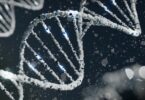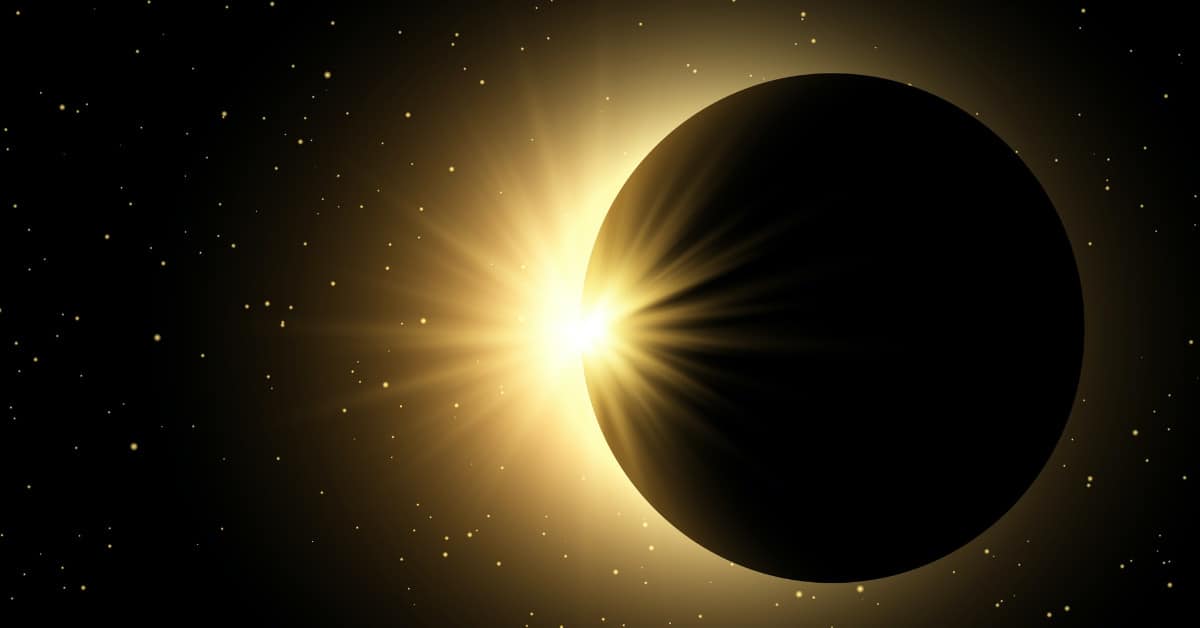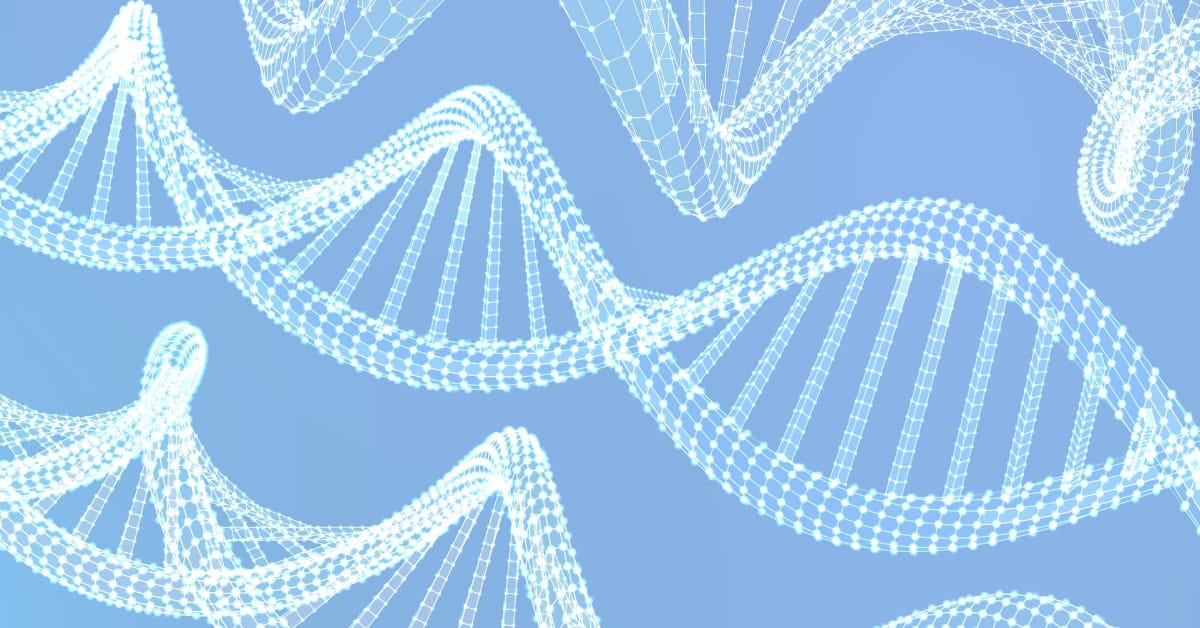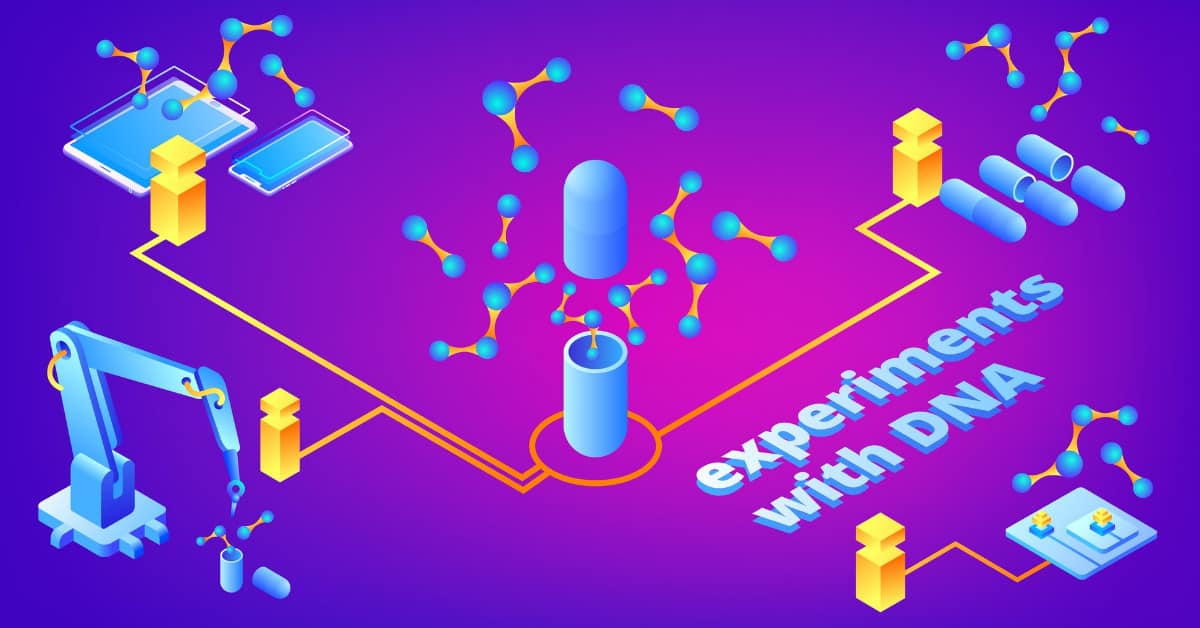History
Newton was a great mathematician and physicist of the 17th century. His work is a source of development in these fields for last four centuries. His full name is Issac Newton.
Newton is the father of mechanics (a branch of physics that deals with the study of the motion of objects).
Newton presented three important laws of motion which are an integral part of lower and higher secondary physics. Not only that he also presented law of gravitation which described the gravitational force and hence solved the great mystery of science.
The second law of motion
Newton’s second law of motion states that “force applied on a body affects its acceleration (change in velocity) directly and mass of that body affects acceleration inversely”.
Above statement can be mathematically written as:
a∝F……………………….1
a∝1/m………………….2
Combining relation 1 and 2 we get
F∝ma
F=kma…………………….3
Where “k” is constant of proportionality it’s value in SI units is 1 and has no units. So equation “3” attains the form
F=(1)ma
F=ma………………………4
Equation “4” is the formula to calculate force which causes an acceleration in a body of mass “m” the SI unit of force is Newton (N) and can be defined as follows
1 Newton:
Force will be 1 Newton if it accelerates a mass of 1 kg through 1 ms-2 i.e.,
1 Newton = 1kg ms-2
Equation “4” shows that force acting on a body equals mass time acceleration of that body. This is called Newton’s second law of motion.
Newton’s second law of motion in terms of momentum:
Second law of motion can also be stated in terms of momentum. For this let us consider a body of mass ‘m’ moving initially with velocity ‘vi’. It’s momentum is initial momentum and is given as;
Initial momentum = Pi = m vi …………………….5
After some time, it’s velocity becomes ‘vf’ and it’s momentum becomes final momentum which can be given as;
Final momentum = Pf= m vf …………………….6
Subtracting equation ‘5’ from ‘6’ we get
Pf – Pi = m vf – m vi
Pf – Pi = m(vf – vi) ………………..7
From first equation of motion
vf = vi + at
vf – vi = at …………………………a
Using value of vf – vi from equation ‘a’ in equation ‘7’ we get
Pf – Pi = mat or
In the above equation left hand side is called rate of change in momentum
as Pf – Pi = ΔP
ΔP/t = ma or ΔP/t = F
From the above equation Newton’s second law can be stated as:
“Force applied on a body equals to rate of change in momentum of that body”.
Examples of Newton’s second law of motion:
Following are some examples of Newton’s second law of motion:
- If we apply same force on two masses 1 kg and 5 kg then 1 kg mass have more acceleration, then 5 kg mass.
- Truck is much heavier than a car so it will require more force to be accelerated than a car.
- Acceleration produced in a football is directly proportional to the force with which it is kicked.
- Force in a car crash is directly proportional to
- Mass of a car
- Acceleration of a car.
- Rocket accelerates due to a force called thrust.
Word problem
- How much force is required to produce acceleration of 5ms-2 in a body of mass 1200 kg?
Solution:
Acceleration = 5 ms-2
Mass = 1200 kg
Force = ?
As Force = mass × acceleration
F = 1200 × 5 N
F = 6000 N.
- What is the mass of a body on which 2000 N force is acting and producing acceleration of 4 ms-2 ?
Solution:
F = 2000 N
Acceleration = 4 ms-2
Mass = ?
As Force = mass × acceleration
Mass = force/acceleration
Mass = (2000 N)/(4 ms-2 )
Mass = 500 kg
Glossary related to Newton’s second law of motion:
- Force
Force is the agency which changes or tends to change shape, state or volume of an object. It’s SI unit is Newton and it is a vector quantity.
- Acceleration
Change in the velocity of an object with time is called acceleration. It’s SI unit is meter per second square (ms-2). It is a vector quantity.
- Mass
Total quantity of matter present in a body is called it’s mass. It’s SI unit is kilogram (kg) and it is a scalar quantity.
- Newton
Newton is SI unit of force which causes an acceleration of 1 ms-2 in a body of mass 1 kg.
- Momentum
Momentum is mass times velocity of an object or momentum is quantitative measure of motion of an object. It’s SI unit is (Ns) or kilogram meter per second (kgms-1).
- Gravitational acceleration
Acceleration produced in a body due to gravity of earth is called gravitational acceleration. It’s SI unit is meter per second square (ms-2). It’s value is 9.8 ms-2 (close to the earth surface) at sea level and decreases as we go up. It is a vector quantity.









